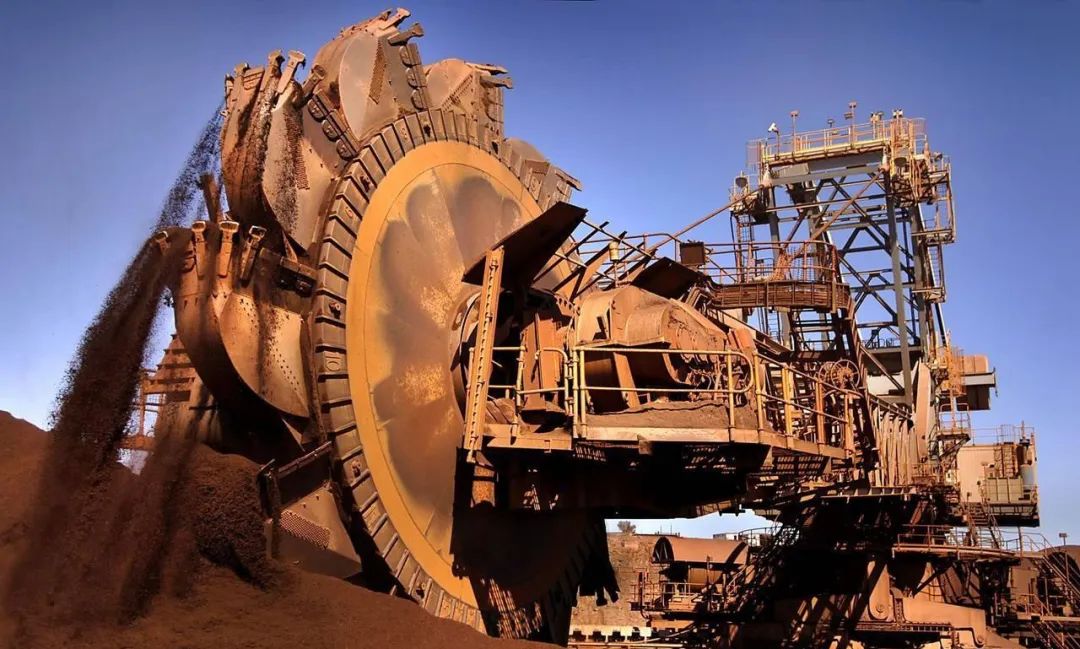
Articles
Products
Recently, Fitch's consulting company, Benchmark Mineral Intelligence, released a forecast report that the average annual growth rate of global iron ore production is expected to be 2.3% from 2023 to 2027, and the index for the previous five years (2017 to 2022) is -0.7%. The report points out that this will boost the iron ore production in 2027 by 372.8 million tons compared to 2022. At the same time, the global production speed of iron ore will further accelerate.
The report points out that the future increase in global iron ore supply will mainly come from Brazil and Australia. At present, Vale has disclosed its positive production expansion plan to the outside world. At the same time, BHP, Rio Tinto and FMG also plan to invest in new expansion projects. For example, the Iron Bridge project being promoted by FMG and the Gudai Darri project being promoted by Rio Tinto.
The report states that China's iron ore production will increase in the next 3-4 years. At present, China is striving to improve its self-sufficiency level and gradually break away from its dependence on Australian mines. The active implementation of the "Cornerstone Plan" has promoted the expansion of Chinese mining enterprises, and also accelerated the process of Chinese Baowu and other enterprises developing overseas equity mines, such as the Xipo project of China Baowu and Rio Tinto. The report predicts that Chinese mainland enterprises will prioritize investing in overseas iron mines, such as the massive Simandou iron mine.


The report also predicts that the average annual growth rate of global iron ore production from 2027 to 2032 is expected to be -0.1%. The report indicates that the slowdown in production growth mentioned above may be due to factors such as the shutdown of small mines and the decrease in iron ore prices, which have led to large miners reducing investment in new projects.
The report points out that from 2023 to 2027, Australia's iron ore production will grow at an average annual growth rate of 0.2%. It is reported that the average production cost of iron ore in Australia is $30/ton, in West Africa it is $40/ton to $50/ton, and in China it is $90/ton. Due to Australia being at the bottom of the global iron ore cost curve, it is expected that Australian mining can provide a healthy "buffer zone" for the global iron ore price decline in the coming years.
Brazil's iron ore production will experience rebound growth in the coming years. The report points out that this is mainly due to the low production and operation costs, sufficient project reserves, resource endowments, and the growing popularity of China Steel manufacturers in the region. The report predicts that from 2023 to 2027, Brazil's iron ore production will grow at an average annual growth rate of 3.4%, with annual production increasing from 56.1 million tons to 482.9 million tons. However, in the long run, the growth rate of Brazil's iron ore production will slow down, with an expected average annual growth rate of 1.2% from 2027 to 2032, and production will reach 507.5 million tons/year by 2032.
In addition, the report also revealed that the Gelado iron mine in the Serra Norte mining area of Vale will expand its production this year; The N3 project is expected to start in 2024; The S11D project has expanded production in the first three quarters of this fiscal year, boosting its iron ore production by 5.8% year-on-year to 66.7 million tons. It is expected that the project will expand production capacity by 30 million tons per year.
In response to the impact of India's adjustment of iron ore import and export tariffs last year, the report states that in 2022, in order to meet domestic demand, India increased the export tax rate of pellets to 45%. In the context of slow global economic growth, this measure led to a significant decrease in India's iron ore exports. In August 2022, the iron ore production of India's largest iron ore producer, the National Mining Development Corporation (NMDC), dropped to its lowest point in nearly two years, which is 2.05 million tons. As of the beginning of this fiscal year, the iron ore production of the Indian National Mining Development Company has significantly rebounded, reaching 3.51 million tons in April, a year-on-year increase of 11.4%. The growth of India's iron ore production will be limited by its export tax policy on low-grade iron ore blocks and fines. In the coming years, India's iron ore production is expected to increase, but if India adjusts its tariff policy again in the short term, its production will also continue to be affected.
